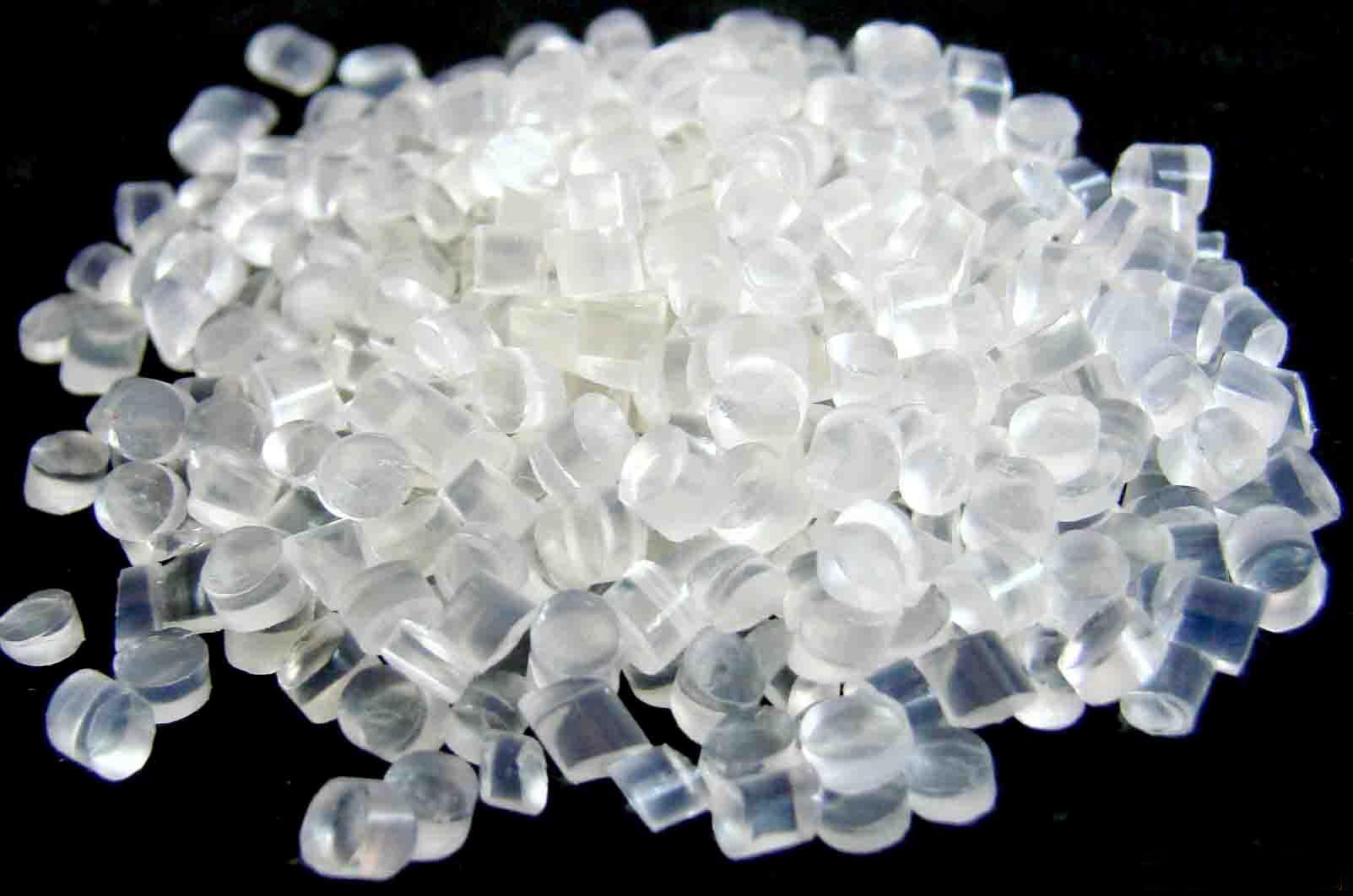Polystyrene is one of the largest volume commodity thermoplastics that can be converted into a large number of semi-finished products like foams, films, and sheets. This amorphous, nonpolar and low-cost thermoplastic has excellent optical clarity due to the lack of crystallinity, good chemical resistance to diluted acids and bases, no odor and taste, and excellent thermal and electrical properties for insulation purposes. It is also easy to fabricate into a large number of finished goods since the resin is a viscous liquid above its glass transition temperature that can be easily molded and foamed. However, polystyrene has several limitations; it is hard and rather brittle, has poor oxygen and UV resistance, is readily attacked by hydrocarbon solvents and its upper service temperature is relatively low. Some of these limitations can be overcome by blending polystyrene with elastomers or by copolymerization with other monomers.
Polystyrene homopolymer, known as “crystal” polystyrene in the trade, is an amorphous, colorless, and transparent commodity thermoplastic. It is rigid, brittle, relatively hard and has excellent gamma radiation resistance, good electrical properties but has poor chemical and UV resistance. It can also be radiation sterilized.
When modified by incorporating elastomers, polystyrene homopolymer turns into (high) impact polystyrene or HIPS, which is usually opaque. As a result, a wide variety of commercial polystyrene grades are available.
Polymer Type
Thermoplastic
Advantages
Advantages of Polystyrene include:
- Cheap, rigid, transparent, easy to mould and good dimensional stability.
- Good electrical properties, low dielectric loss.
- Excellent resistance to gamma radiation.
Applications
Applications include toys, light diffusers, beakers, cutlery, general household appliances, video/audio cassette cases, electronic housings, refrigerator liners, housewares, containers, glazing, packaging and for HIPS.
Structural foam polystyrene moldings are used for business machine housings, tools, cases and boxes. Expanded polystyrene beads are used for packaging and cushioning. Foamed polystyrene is used for food trays, dishes, and egg boxes.

